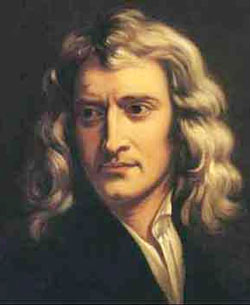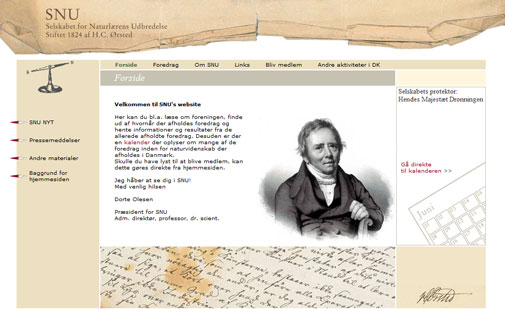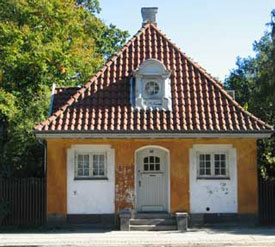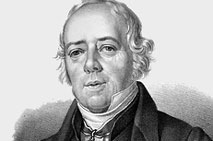Inspiration from Europe - plans in Copenhagen
In 1801 H.C. Ørsted left on a three year long educational tour to the scientific headquarters of Europe, including Berlin and Paris. The idea was that he would come home with new knowledge about how one could make practical use of the natural sciences.
But Ørsted was intrigued by experiments and by the news theories about the laws of nature. Therefore he sought out Europe's best research scientists and spent a great deal of time discussing physics and chemistry on a theoretical level.
Ørsted was inspired by Kant, who believed that one could gain insight into the laws of nature through thought. Ørsted also believed that scientific understanding itself is much more interesting than its utility. During the tour he learned about the latest research and he was even allowed to conduct experiments in the laboratories, including in Berlin.
When Ørsted returned home again in 1804 he received a teaching position at the university. He was actually clever enough to get a professorship but the heads of the university felt that he was too preoccupied with philosophy.

Sir Isaac Newton (1643 - 1727).
Popular as a lecturer
But Ørsted had a lot on his mind and he wanted to tell it to as many people as possible. He held such good lectures on science that people streamed in to see them. There were even some women who came, something previously unheard of in Denmark. A few years later the university gave Ørsted a professorship anyways; partly because his lectures were so popular.
As a professor Ørsted taught physics and chemistry. Besides teaching he had time to conduct experiments. Among other things he studied the compressibility of liquids and gases with the hope of disproving Newton's atomic theory.
Ørsted was also very preoccupied with the question of what electricity is. And it was while he taught at the University of Copenhagen that he made his greatest discovery: that an electric current can affect a magnet.
Everyone should know about science
Throughout his life Ørsted worked to popularize science among the public. Ørsted believed that science teaches young people to distinguish between true and false, through experimentation and logical thinking.

SNU - Society for Dissemination of Natural Science - was founded in 1824 by HC Oersted, and today her Majesty the Queen is its patron.
In 1923 Ørsted arrived in London for the first time. Here he was very impressed by the hundreds of small societies which attempted to give ordinary people an insight into science, both for enjoyment's sake the use of craftsmen. When Ørsted returned to Denmark he immediately founded the "Society for the Dissemination of Natural Science".
Some years later Ørsted heard of plans to create a polytechnic in Denmark. He managed to become the chairman of the committee which drew up the plans. That way he could insist that the school be not only practically oriented, but also scientifically. Ørsted himself was appointed director for the College of Advanced Technology, or DTU, as it is called today, and remained so until his death in 1851.
 In this way Denmark got scientific centre. The development continued and in 1850 the natural sciences also got their own faculty at the university. Without Ørsted Niels Bohr would not have had the study opportunities which he found available to him in 1903.
In this way Denmark got scientific centre. The development continued and in 1850 the natural sciences also got their own faculty at the university. Without Ørsted Niels Bohr would not have had the study opportunities which he found available to him in 1903.
Image: On the occasion of Ørsted's 50th anniversary as an academic his friends gave him Fasangården in Frederiksberg Park. Ørsted never managed to move in as he died shortly afterwards on the 9th of March, 1851.
Quote: "We learn not for school, but for life".

H. C. Ørsted was a clever student and he used his abilities on very different subjects.
During his studies he answered two prize paper competitions at the university. One was one the difference between the prosaic and poetic language. The second was about the function of amniotic fluid.
Ørsted’s doctoral dissertation went in entirely different direction; the philosophical. The dissertation was based on Kant’s ideas on the metaphysics of natural science and dealt with the possibility of working out the laws of nature.
On the other hand, Ørsted was not very good at mathematics – perhaps because it was something that had been neglected in his education as a child. It was also one of the reasons that he preferred to deal with science from a philosophical or experimental angle, rather than mess about with calculations.
